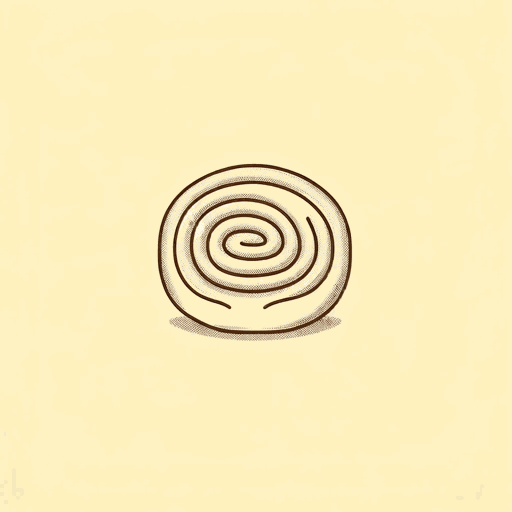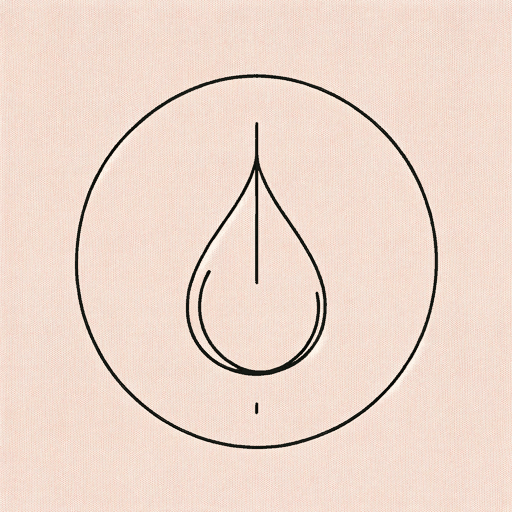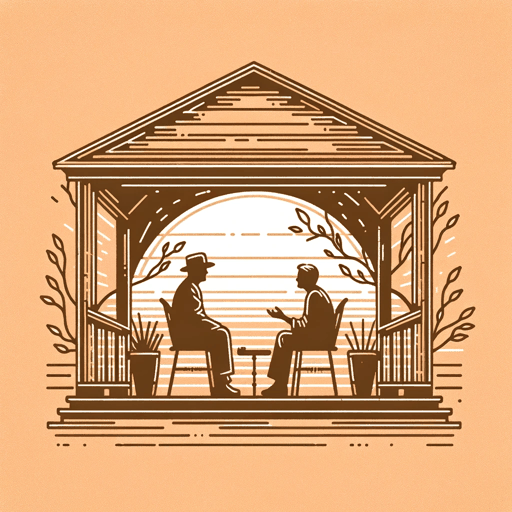28 pages • 56 minutes read
Raymond CarverA Small Good Thing
Fiction | Short Story | Adult | Published in 1983A modern alternative to SparkNotes and CliffsNotes, SuperSummary offers high-quality Study Guides with detailed chapter summaries and analysis of major themes, characters, and more.
Literary Devices
Diction
This short story displays Carver’s signature style—direct, simple, and stark prose. Concretely, this means sentences stripped of almost all modifiers. Scotty, for example, is “…immediately knocked down by a car” (377). While the phrase includes an adverb, Carver doesn’t describe the dreadful detail—the murder weapon—beyond its being a car. He doesn’t describe its color, its model, or whether it was speeding. Instead, he lets the noun carry all the impact. Another example is Scotty’s eventual death:
The boy looked at them, but without any sign of recognition. Then his mouth opened, his eyes scrunched closed, and he howled until he had no more air in his lungs. His face seemed to relax and soften then. His lips parted as his last breath was puffed through his throat and exhaled gently through the clenched teeth (396).
This might have justified a different author to wax lyrical or deploy ostentation. Instead, Carver uses a string of simple, mostly active sentences that begin with the grammatical subject. Although he uses a couple adjectives (“closed,” “clenched”), these sentences are nearly all composed of nouns and verbs. The choice of verbs—rather than unnecessary descriptors—communicates the dread of Scotty’s death: “scrunched,” “howled,” and “puffed,” for instance.
Related Titles
By Raymond Carver






